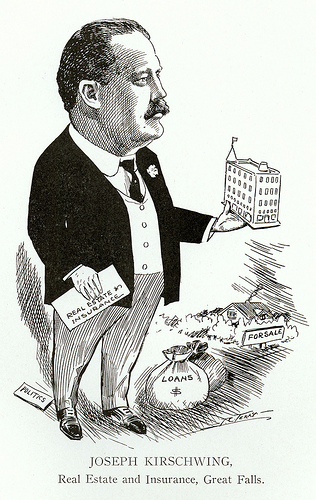Universal Home Improvement v. Robertson, 51 Cal. App. 5th 116 (July 2020)
Issue: Can a transfer of property with actual intent to delay, hinder or defraud creditors be avoided when the transfer is in satisfaction of a bona fide debt?
Holding: No, Civil Code section 3432 specifically permits a person to “pay one creditor in preference to another.”
In the middle of certain litigation, Robertson transferred her interests in certain property to her sister. Plaintiff filed this complaint later seeking to avoid the transfer as a fraudulent transfer arguing that the transfer was with actual intent to delay, hinder or defraud creditors. Robertson’s defense was that even if done with actual fraud, the transfer to her sister was in payment of a bona fide debt which is permitted under Civil Code section 3432, which provides as follows: “A debtor may pay one creditor in preference to another, or may give to one creditor security for the payment of his demand in preference to another.” The court heard significant evidence and concluded that the debt was actually owed to the sister and that the value of the property transferred was less than the debt. Plaintiff argued that the debt was barred by the statute of limitations. The court ruled that the statute had not run because of previous transfers and that even if it did, the statute of limitations is a defense that can be waived. Plaintiff also argued that it established 7 of the 12 “badges of fraud” in section 3439.04(b) and that should be given precedence over the argument that the transfer was in payment of an antecedent debt. The court ruled that “[T]he existence of one or more badges of fraud is not a mathematical formula and does not compel a finding one way or another.” “Put simply, this court believes and therefore finds that the transfer that is the subject of this litigation was a good faith satisfaction of a legitimate debt.”
The court of appeals affirmed. Recognizing that such transfers should be given strict scrutiny, it said, “Judge Swope’s conclusions are spot on. And plaintiffs’ arguments to the contrary are easily rejected.”
The lower court also awarded costs to defendant based on the cost of proving up facts at trial that were denied in a previous Requests for Admissions. The court of appeals reversed that noting that the requests were made “within 30 days of the filing of the complaint” It stated:
Frankly, we are troubled that a defendant can at the very inception of litigation, at a time when, as best we can tell, no discovery had taken place, and certainly no deposition, serve RFAs essentially seeking responses admitting that plaintiff had no case, and then, if plaintiff ultimately proves unsuccessful, recover costs of proof attorney fees, as here. This, it could be said, is tantamount to a form of strict liability: make a claim; deny an early-served RFA that the claim has no merit; vigorously pursue the claim; lose the claim; and pay. That cannot be the law. And we will not affirm the award here, for several reasons.





